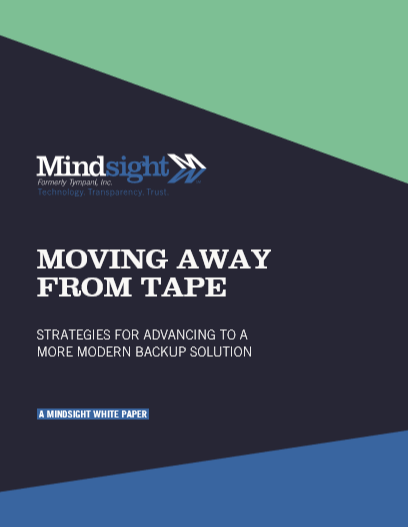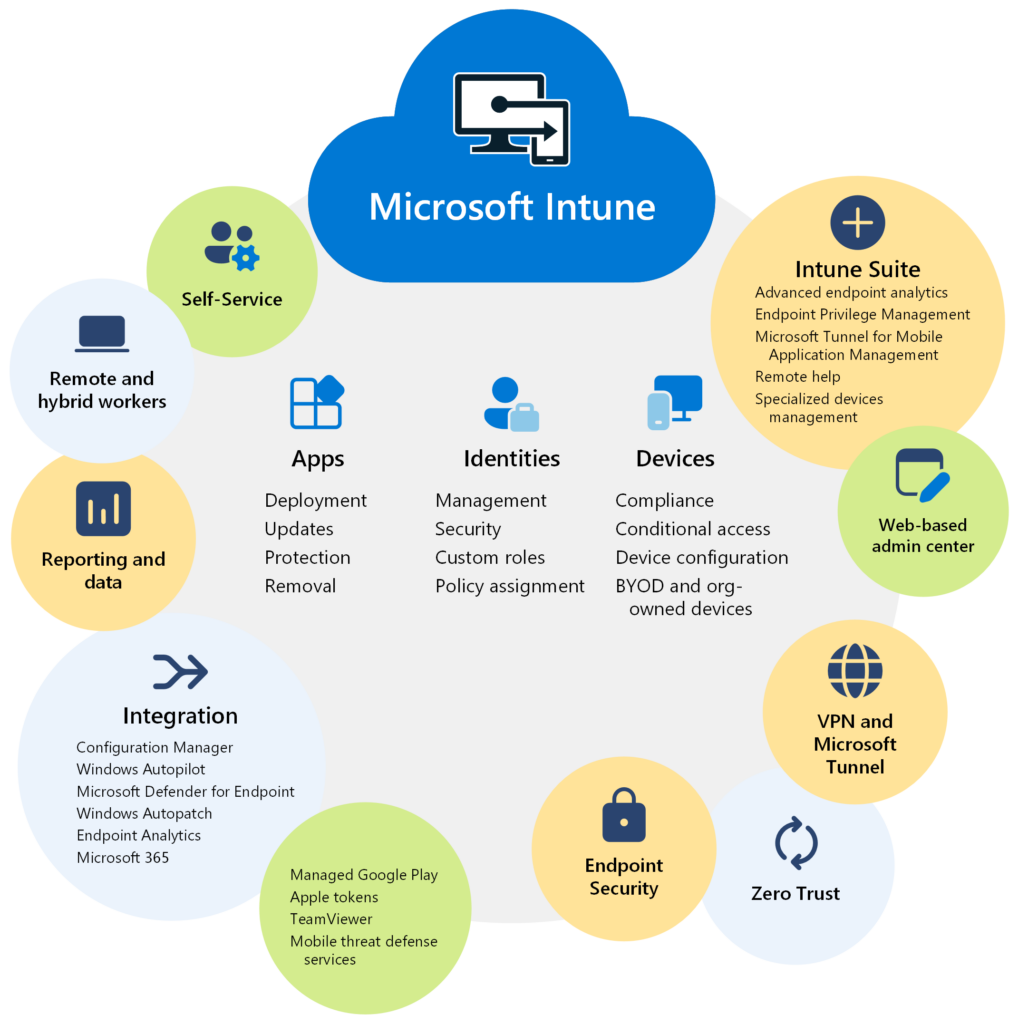February 26, 2025
This article was originally published in March of 2024.
Since Broadcom’s $69 billion acquisition of VMware in late 2023, significant changes have impacted small and medium-sized businesses (SMBs). Broadcom has shifted VMware’s licensing model from perpetual licenses to subscription-based offerings, leading to substantial cost increases for many SMBs. Some organizations have reported price hikes of up to 1,200%, prompting them to seek alternative virtualization solutions.
In addition to pricing changes, Broadcom has streamlined VMware’s product portfolio, consolidating offerings into four primary bundles. This restructuring aims to simplify VMware’s portfolio but has also resulted in confusion among existing customers who must navigate new pricing and licensing terms. The transition to subscription models and the consolidation of product offerings have led to increased costs for some customers, prompting them to explore alternative virtualization solutions.
Beyond pricing concerns, Broadcom and VMware are facing legal challenges and industry scrutiny. Netflix recently filed a lawsuit against Broadcom, alleging that VMware’s cloud software infringes on its virtual machine patents. This legal dispute adds complexity to Broadcom’s operations.
But there’s also an up-side, according to Mindsight COO/CIO Tad Gralewski. For mid-market companies that had previously been unsure of what their longer-term cloud strategy should be, or were reluctant to move to a new environment, he says, “this may be the catalyst they need to say, ‘Okay, now is the time to move into a new environment.”
Here, Gralewski details some important considerations and good alternatives. “None of them are quick,” he warns. “It’s a strategic decision that companies need to make, and each company will have different reasons for their ultimate decision. There are no wrong answers.”
Microsoft Hyper-V
Companies that already have some level of Microsoft licensing—maybe they have an enterprise agreement or another type that gives them certain entitlements—could look at moving to Hyper-V. That would keep them in an on-premise data center but essentially eliminate VMware from the equation. Granted, this isn’t the simplest alternative. For businesses that have, say, five servers running VMware, migration to five servers running Hyper-V would require a couple of additional servers to stand up a new environment before the process begins. And new servers aren’t cheap, which means the added hardware cost will be significant. That also assumes they have free space on their SAN, which they may or may not and that could add to the cost significantly as well.
One additional consideration is the migration itself. VMware and Microsoft Hyper-V are obviously proprietary products that operate differently. The end result is a Windows machine running in a virtual environment, but how that virtual machine image is structured is completely different between the two vendor solutions. Which means you can’t simply copy a web server running in a VMware environment over to a Hyper-V environment. It won’t work. You have to do a format conversion, also called a virtual-to-virtual migration, so it will run under Hyper-V. This takes time and could add significantly to the amount of downtime required to move to a new on-premise environment.

Hosted Cloud
We have data center partners who run VMware-based cloud environments. And that’s important, because if you’re running VMware on-prem and you want to move that virtual machine somewhere else, the easiest way to do that is to move it from VMware to VMware. That way you don’t have to transition it into a different type of virtual machine. You don’t have to change it to a Hyper-V-based virtual machine or an AWS-based virtual machine. You don’t have to learn a new management interface or a new network security model. You can still use VMware, but use it in a hosting environment, avoiding the cost increase and keeping your network design very similar to what you have today.
There are all sorts of tools to ease that migration as well. Several tools exist to simplify the migration of that virtual machine to a hosted VMware environment, and then have it look and feel the same way it always had. In fact, these tools allow for significant automation and can allow the migration to happen with only minutes (or less) of downtime. It’s still a Windows machine. It’s still running on VMware. You just no longer own the VMware hardware or license, but you still have the advantage of running it on a VMware platform because a third party is hosting it for you.
Public Cloud
When considering the big three public cloud providers (AWS, Azure, and Google), Mindsight typically finds Azure to be the best fit for our customers. Azure is a Microsoft solution and in many cases there are licensing advantages to running Windows machines in Azure versus running them in AWS or Google Cloud.
Besides licensing considerations, businesses need to formulate migration strategies, which ultimately impact cost. Part of this involves determining if there’s sufficient in-house staff with the necessary technical skills to oversee the migration and run your new environment. If an IT team has no experience running virtual machines in Azure, for example, that’s not the best decision.
Security should be top of mind, too. Let’s use yet another Azure example. If a company is moving into Azure but has little or no experience doing so, it is very easy to make simple configuration changes that will have a detrimental impact on security. Even seemingly simply things like not having the right firewalling in place could prove catastrophic. It’s really easy to click a button and expose something on the internet.
However, should Azure be on your company’s strategic roadmap, Mindsight has the tools and methodology to help migrate your workloads and applications in a low risk and secure manner.

The Migration Itself
Without experts who are trained in moving application workloads, data sets, and SQL Servers from one point to the other, major complications are sure to arise. At Mindsight, we’ve done this dozens and dozens and dozens of times. We have developed a methodology that includes pre-testing the environment in the new hosting area before you go live to make sure that it works perfectly and without impact to your customers. The last thing you want to do is migrate over the weekend and have it not work come Monday morning. You need to test it before you go live.
By testing before you go live – without impacting your existing production systems – the inevitable problems can be diagnosed and fixed in a controlled manner without the pressure of the company needing it fixed “now” because it’s business impacting. This extra step of testing takes time, but the end result is a seamless migration with zero impact to the business and that should be the goal of every migration.
So What’s the Right Strategy?
There’s no magical formula for figuring this out. There are many factors at play, including the age of your infrastructure, your application strategy (i.e. are you moving everything to SaaS), as well as technical prowess of your team, and even political goals within the company. If your new CIO is a fan of Azure, guess what? You’re probably moving to Azure, whether it’s the best decision or not. Moreover, moving to Azure (again, just as an example) might cost significantly more than maintaining a local data center with a VMware hosting partner. Or maybe not. Whatever the case, it’s best to learn before you leap, and that’s where Mindsight’s consulting services can help you not only determine the best strategy, but also help you with the migration and with the long-term management of the new environment, regardless of where it ends up.
And it may end up staying right where it is once the cost to migrate, the risk in migrating, and the cost of hosting the solution elsewhere is identified. In some cases, the VMware cost increase will be the lowest cost option. For others, moving into a hosted VMware environment might be the smartest move, because it’s going to look and feel the same as what they had previously—only without hardware to maintain. Bonus: There’s no need to retrain staff on a new technology, which saves time and money on labor.
A Managed Services Option
Even for companies that have sufficient in-house IT talent to oversee a VMware migration, it’s never a bad idea to enlist help in creating a roadmap. Whether it’s a move to an on-prem Hyper-V environment, a hosted VMware environment in a data center, or a transition to Azure, an MSP (like Mindsight) can give you the pros and cons of each alternative along with detailed cost analysis and a migration strategy for each. Of course, an MSP can also manage your environment long-term.
Headquartered in the Chicago suburb of Downers Grove, Mindsight, part of The ACP CreativIT Family of Technology Solution Providers, offers fully managed IT services for organizations in a variety of industries.
About The Expert
Mindsight CIO/COO Tad Gralewski is graduate of the University of Illinois at Champaign-Urbana and has been in the IT industry for over three decades. At Mindsight, Tad focuses on both delivering Mindsight’s services to our customers and working with them to help develop strategies, roadmaps, and solutions to solve their issues. To Tad, “We don’t sell things – we solve problems”. A self-proclaimed “outdoors person”, Tad enjoys camping, hiking, and riding motorcycles in his spare time.
About Mindsight
Mindsight, a Chicagoland IT services provider, is an extension of your team. Located in Downers Grove, IL we proudly serve customers across the area including Naperville, Oak Brook, Northbrook, and surrounding counties (Cook, Lake, Dupage, Will, Kane, and Grundy). Our culture is built on transparency and trust, and our team is made up of extraordinary people – the kinds of people you would hire. We have one of the largest expert-level engineering teams delivering the full spectrum of IT services and solutions, from cloud to infrastructure, collaboration to contact center. Our highly certified engineers and process-oriented excellence have certainly been key to our success. But what really sets us apart is our straightforward and honest approach to every conversation, whether it is for an emerging business or global enterprise. Our customers rely on our thought leadership, responsiveness, and dedication to solving their toughest technology challenges.







